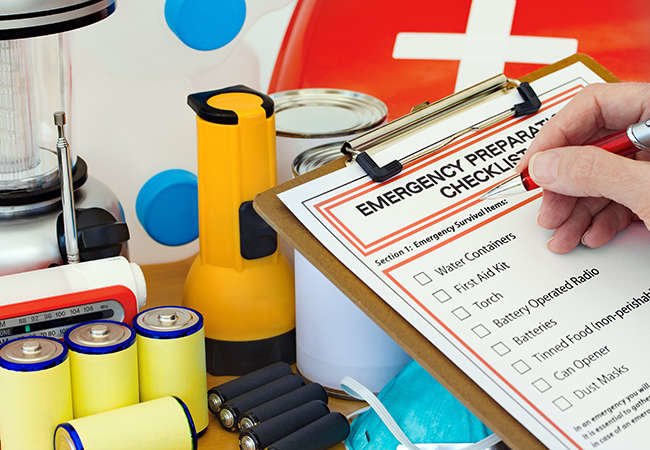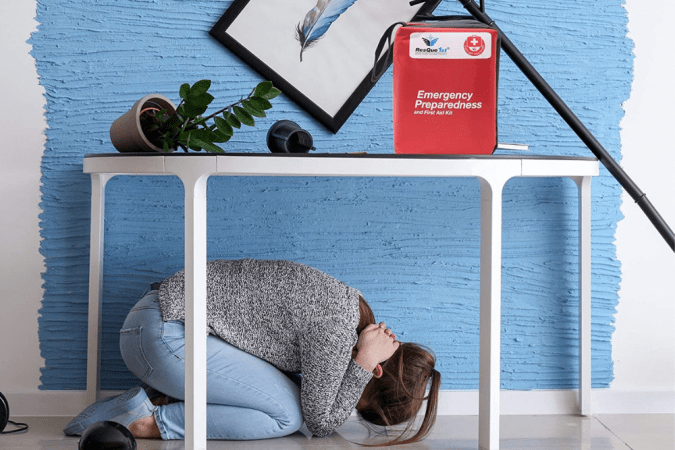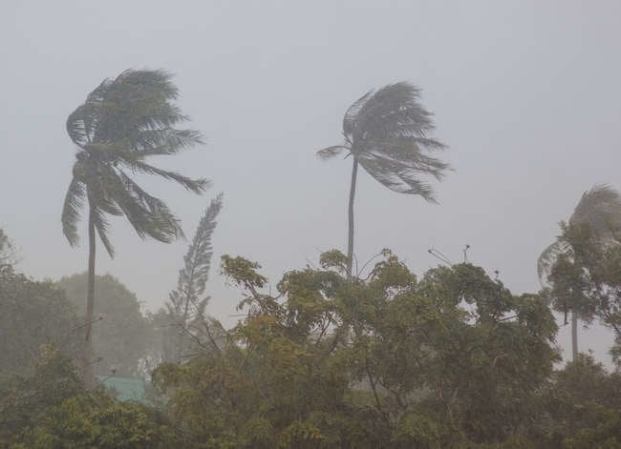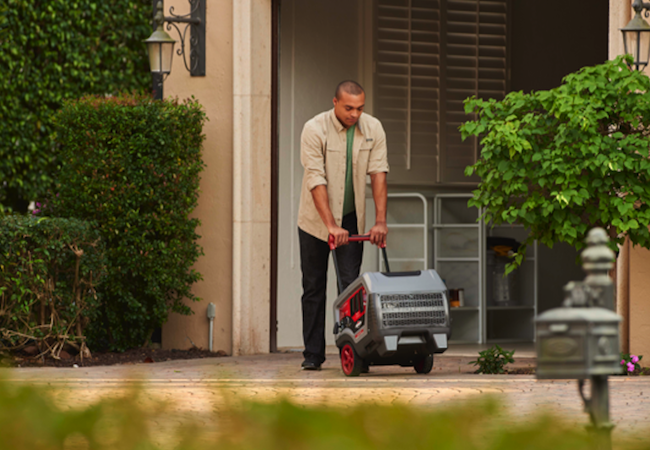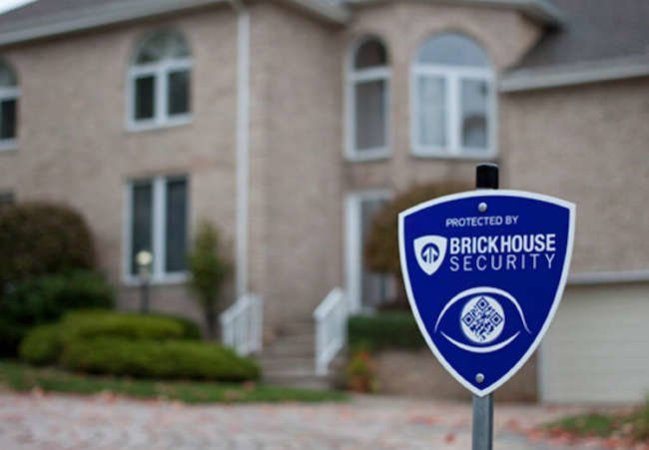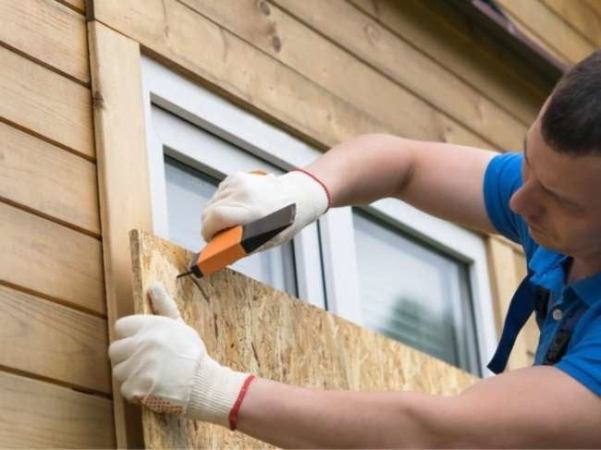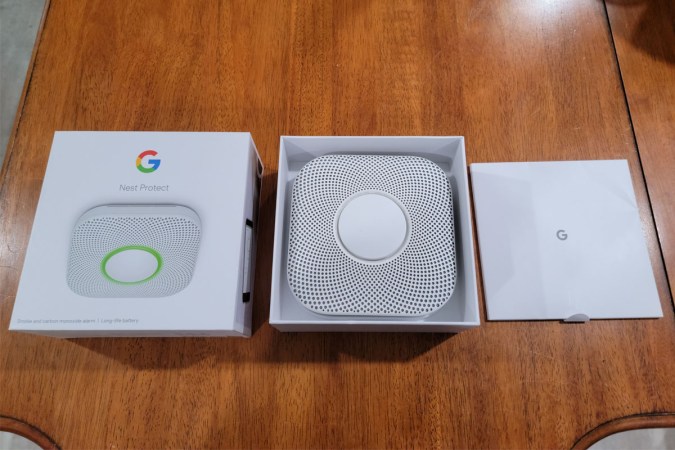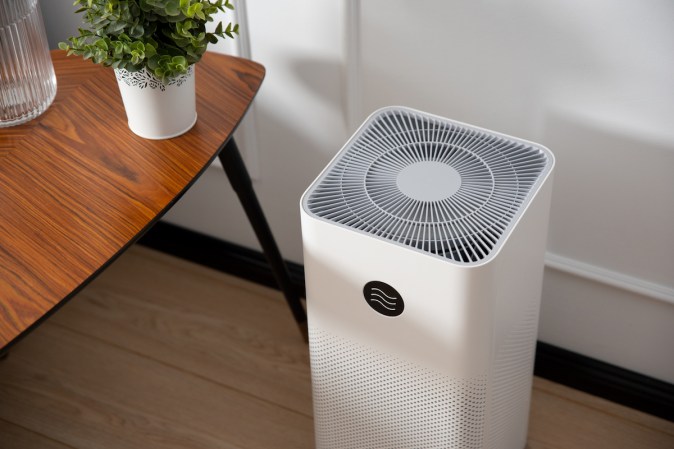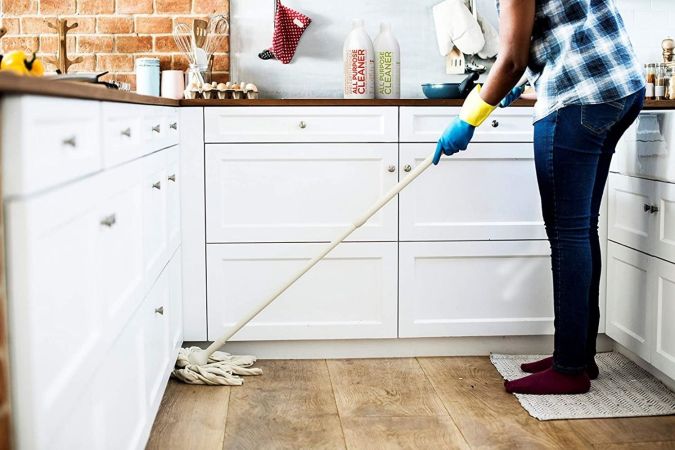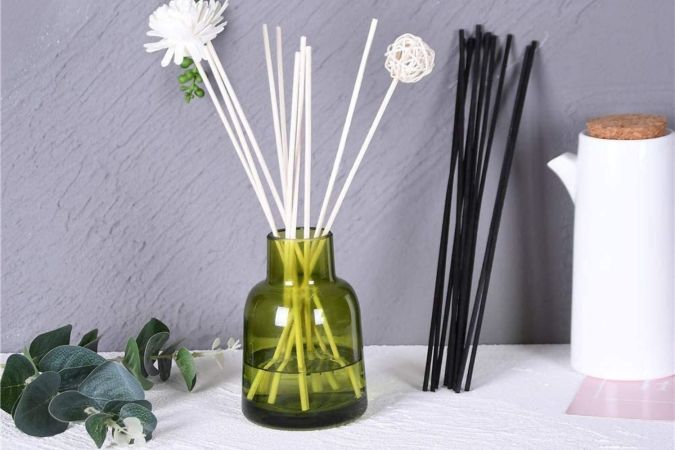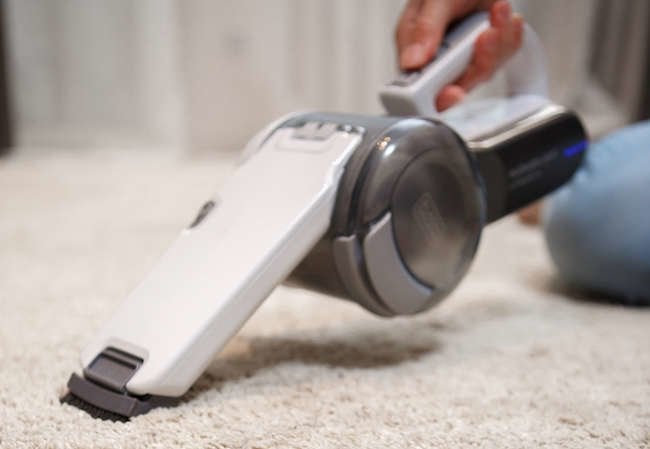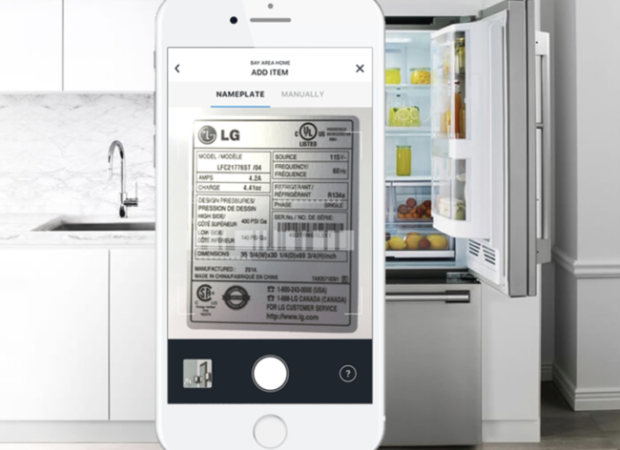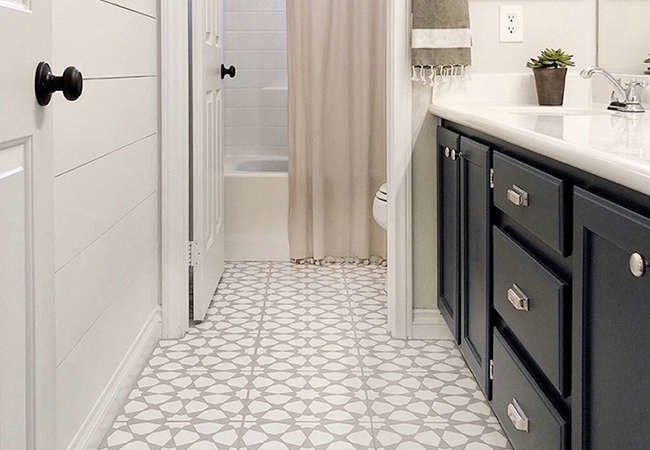We may earn revenue from the products available on this page and participate in affiliate programs. Learn More ›
Water
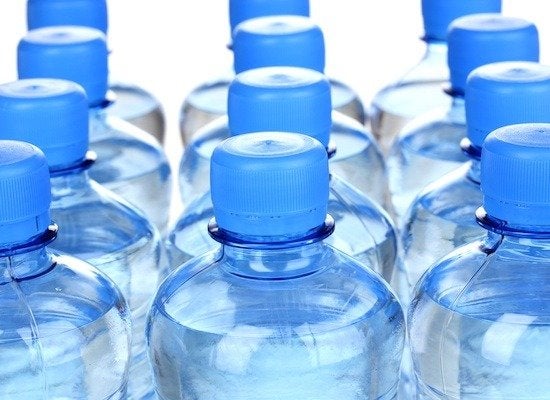
Following severe weather conditions, clean drinking water may not be readily available. Keep on hand two weeks’ worth of bottled water, at least one gallon of water per person, per day.
Food
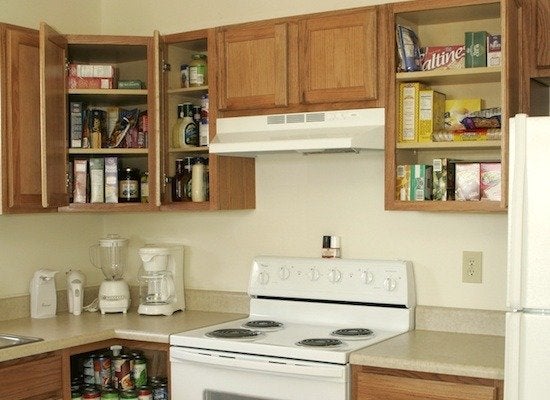
If an outage leaves your region without power—and without grocery store access—you’ll be thankful you stored nonperishable food items ahead of time. If you evacuate, the Red Cross estimates that you’ll need enough food for three days; if you stay home, make sure you stock about two weeks’ worth of ready-to-eat food.
Flashlight and Radio

Don’t get left in the dark after a storm: Equip yourself with both a flashlight and a radio to stay up-to-date with emergency broadcasts. If you opt for battery-powered rather than self-powered devices, make sure to pack a couple of extra sets of batteries.
First Aid Kit
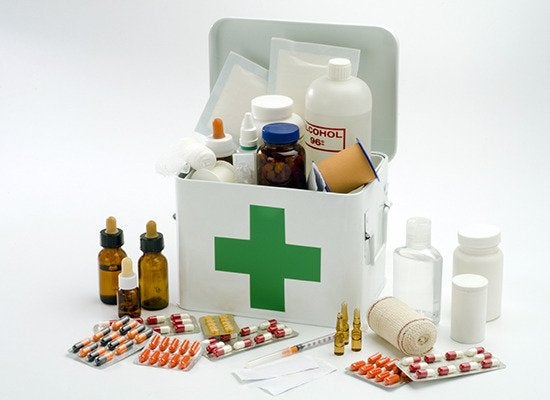
Even without a crisis looming, a well-stocked first aid kit is handy to have at your disposal. Include all the essential items: pain medications, antibacterial ointments, rubbing alcohol, bandages, and any prescribed medications your family may need. Regularly check the expiration dates and replace anything that’s out-of-date. Keep the stash wherever you can easily grab it in the event of an emergency.
Multipurpose Tool
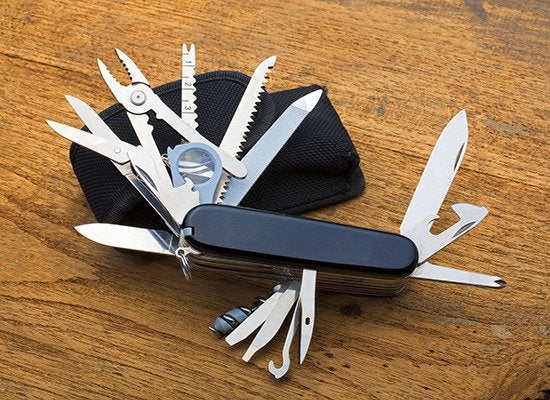
To be prepared for any situation, invest in a do-it-all multipurpose tool. Most on the market have screwdrivers, pokers, saw blades, bottle openers, scissors, serrated knives, metal files, and Allen wrenches. Look for durability, functionality, and comfort of use when choosing the right one for you.
Sanitation and Personal Hygiene Items
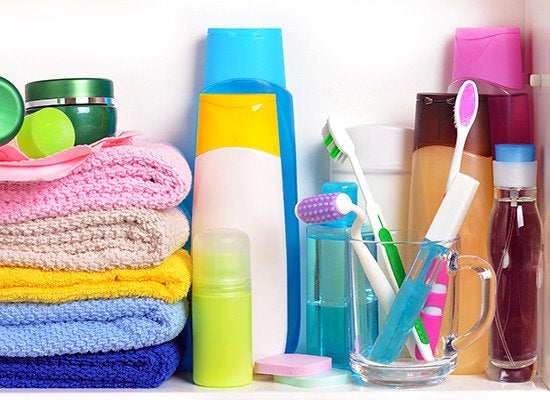
Don’t forget the basics. If you’re without power for days, you’ll want supplies that will help you keep up your daily hygiene routine: toothbrushes, toothpaste, deodorant, and soap. Everyone has individual needs, so make sure you have all the items that each of your family members use on a regular basis.
Copies of Personal Documents
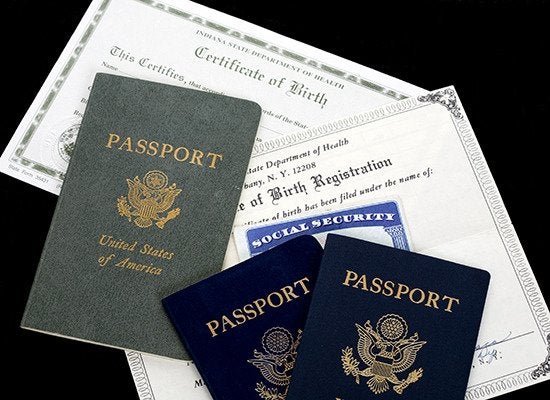
It’s a good idea to store important personal documents with the rest of your go-bag. Take precautions against losing essential legal documents, and make copies of your family’s passports, driver’s licenses, social security cards, birth certificates, and house deeds. Also have a file of important contact numbers: your bank, insurance company, and a few relatives who can be reached easily in cases of severe emergencies.
Cell Phone and Charger
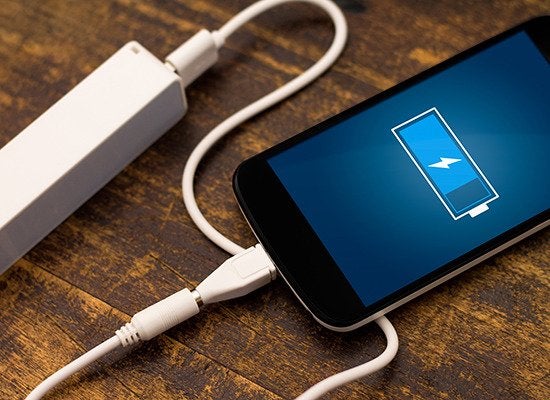
When land lines are down, your cell phone is your only means of communication. On mobile, you can still text, call, email, post on social media, and check apps, such as the preparedness apps from the Red Cross. Pack a hand-crank model to ensure your phone battery can be fully charged without access to power.
Extra Cash
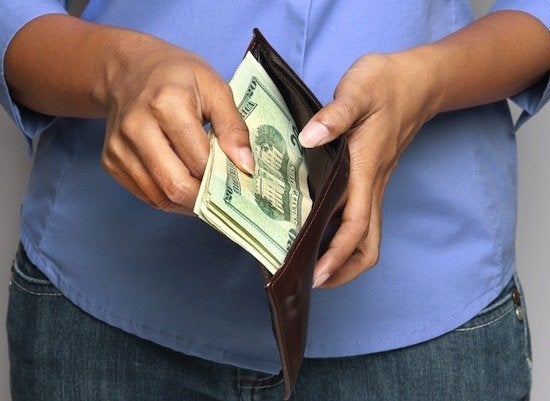
You may not be able to access a bank or use your credit card during an emergency, so stash away a little extra cash. You never know what you might need to buy.
Maps of the Area
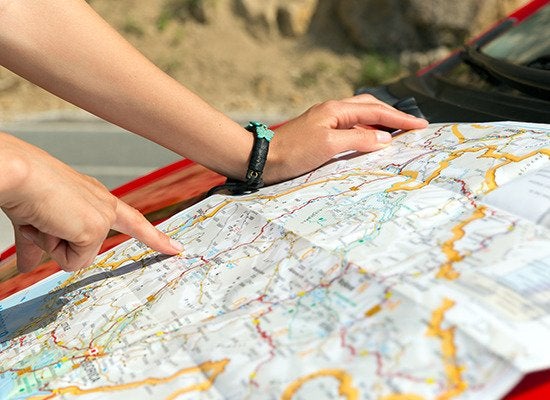
In case you have to look for shelter nearby, you need to know the area. If you don’t have cell service, you may not be able to use GPS or smartphone apps, so it’s important to keep paper maps on hand.
Safety First
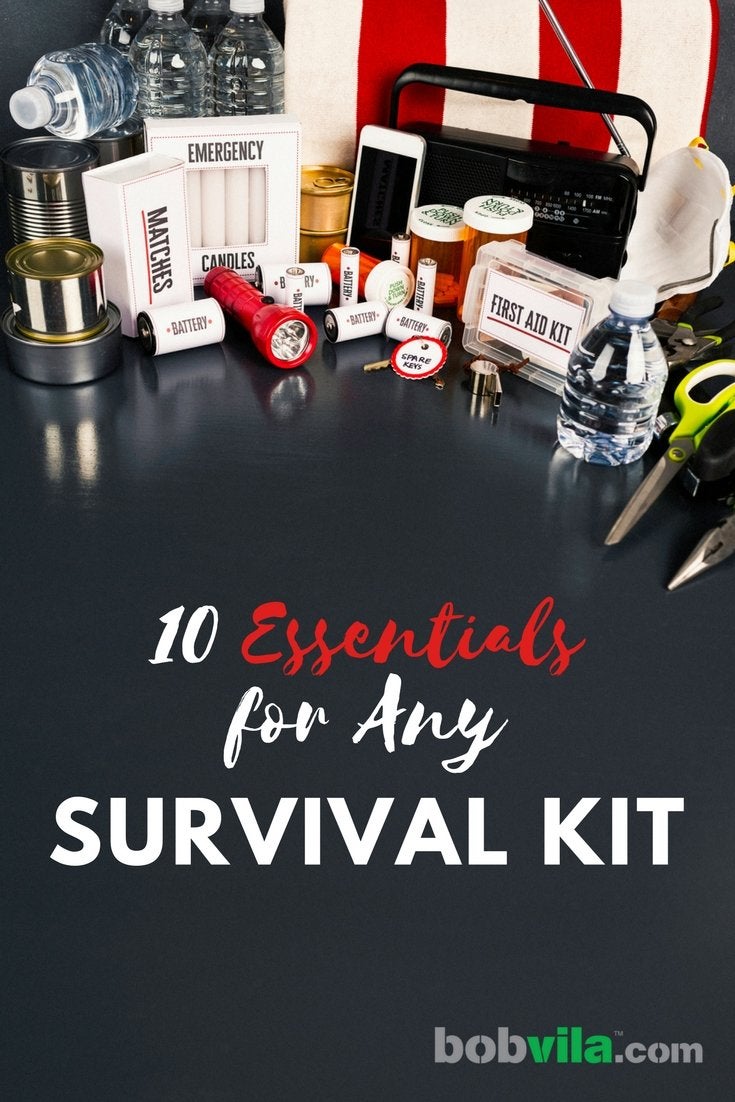
Preparedness is never a bad thing. Keep these items in your house, so you’re ready for any type of emergency. You should also create your own kit to keep in the car for emergencies that might happen when you’re on the road.
